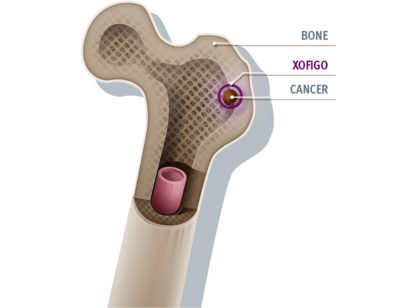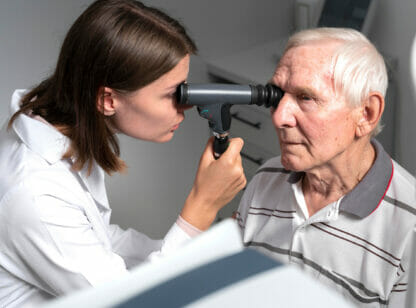More than a quarter of American men (and their partners!) are dealing with an enlarged prostate. The medical term is BPH, or benign prostatic hyperplasia, a condition that causes a variety of urination issues, from slow/weak stream, to the urgent need to urinate night and day. This can mean restless nights and withdrawal from normal activities, causing a decrease in productivity and quality of life. So why are only a third of men who experience these symptoms consulting a physician? The answer is likely lack of education. Here are a few common misconceptions about the condition:
Enlarged prostate is just a part of getting older, so no need to see a doctor about it.
While it is true that the incidence of BPH increases with age (90% of men over 70 have BPH), most men who suffer from the condition are candidates for some form of treatment. A daily pill or a minor, minimally-invasive procedure could make a dramatic impact on quality of life.
BPH is harmless if the symptoms are manageable.
This is not necessarily true. Symptoms are the body’s way of telling us there may be a problem, and urinary symptoms can indicate a bladder problem. If BPH goes untreated, the bladder can weaken, leading to the need for a catheter or invasive prostate surgery. Other problems like urinary tract infections, bladder stones and kidney failure can occur.
Treating BPH causes more issues than it’s worth.
With certain treatment options, the side effects may have more negative impacts on quality of life than the original symptoms. Medications can cause dizziness, headaches, and sexual dysfunction. Surgical options can also cause sexual dysfunction. But there is a minimally invasive treatment option that has virtually no side effects. A prostatic urethral lift (PUL) procedure takes less than an hour and can be performed under local anesthesia in the doctor’s office. Men that have been treated with the PUL reported few, to no, side effects and maintained full sexual function.
BPH is associated with prostate cancer.
The B in BPH stands for benign, meaning the growth is not cancerous. However, the symptoms for BPH and prostate cancer may be similar, which is why it is crucial for men to consult a physician if they are experiencing urination issues.
The only treatment options for BPH are medication and surgery.
Many men are already taking medications for other medical problems, and adding more daily medications increases the risks of interactions between medications. Medications can also be expensive and don’t always provide relief of symptoms. For those who are not eligible or do not want to seek surgical intervention, there are other minimally invasive procedures available.
All BPH treatments cause sexual dysfunction.
It is true that medications, minimally invasive therapies, and more invasive surgical options have been shown to cause sexual dysfunction, but the PUL procedure does not involve destruction of the prostate tissue and men who opt for this treatment do not experience any sexual dysfunction afterwards.
For more information call Walsh Urology at (760) 346.7191 or visit www.walshurology.com.









































Comments (0)